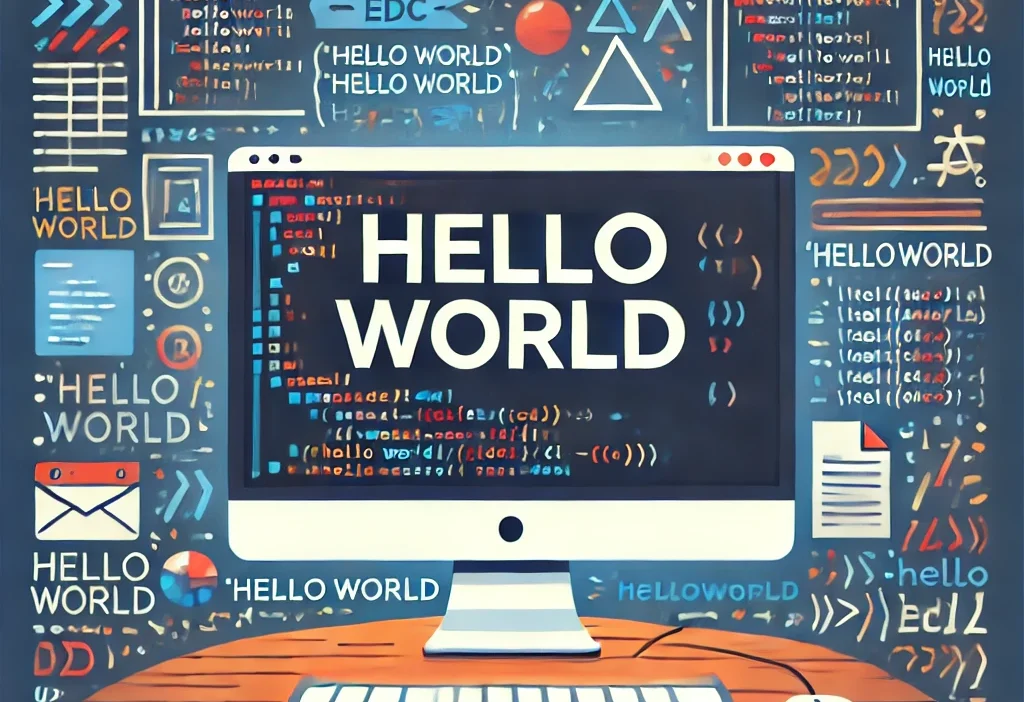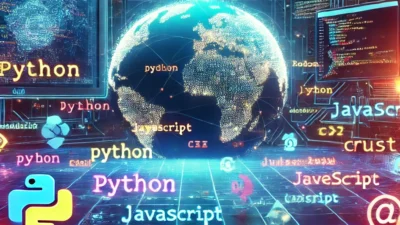Introduction to Hello World Programming
When diving into the world of programming, the first phrase you encounter is often ‘Hello World’. This simple yet powerful tradition serves as the cornerstone for beginners in various programming languages. It marks the start of your coding journey and sets the stage for learning new concepts.
Understanding the Significance
‘Hello World’ programming is not just about printing a standard message. Instead, it symbolizes your initiation into the coding realm. Additionally, it introduces you to the syntax, structure, and execution of a program. For many, this first program ignites curiosity and excitement about what programming can achieve. It offers a glimpse into the vast world of development.
Evolution of ‘Hello World’
Originally, the ‘Hello World’ program was attributed to The C Programming Language by Kernighan and Ritchie. Since then, it has become a universal starting point for developers worldwide. Over time, it has evolved into more than just a code snippet. It has become a tradition and a rite of passage across all programming languages.
Benefits of ‘Hello World’ Programming
-
Fundamental Concepts: It helps familiarize you with essential programming concepts like variables, functions, and syntax. In fact, completing this first step provides a solid foundation for more complex topics.
-
Debugging Skills: Writing and running your first program allows you to develop debugging skills. As a result, you learn how to identify errors and troubleshoot problems—skills you will use throughout your coding journey.
-
Confidence Booster: Successfully executing a ‘Hello World’ program gives you confidence. This small achievement shows that you can create something from scratch, no matter how simple.
-
Foundation for Learning: Moreover, as you learn new languages and technologies, the ‘Hello World’ concept will always serve as a reliable tool. It reinforces your understanding of each language’s syntax and environment.
Best Practices for Writing ‘Hello World’ Programs
-
Keep It Simple: Focus on using the basic syntax of the language you are learning. This will help ensure the program runs smoothly, without unnecessary complexity.
-
Understand Each Line: Make sure you understand the purpose of each line of code. Doing so will help you grasp not just the ‘Hello World’ program but also the structure of any future program.
-
Experiment: After mastering the traditional ‘Hello World’, try variations. For example, add user input, modify the message, or print additional text. This will deepen your understanding of programming concepts.
-
Revisit It: As you progress, revisit the ‘Hello World’ program in different languages. By doing so, you can observe how each language’s syntax differs, gaining insights into their unique features and capabilities.
Conclusion
Mastering ‘Hello World’ programming is not just a rite of passage. It is a crucial step toward becoming a proficient coder. Embrace this starting point with enthusiasm and curiosity. Whether you’re working with C, Python, JavaScript, or another language, the journey from ‘Hello World’ to more advanced programming challenges will unlock endless possibilities. With each step, you’ll refine your skills and grow as a developer. Start small, and the world of coding will soon be at your fingertips.





